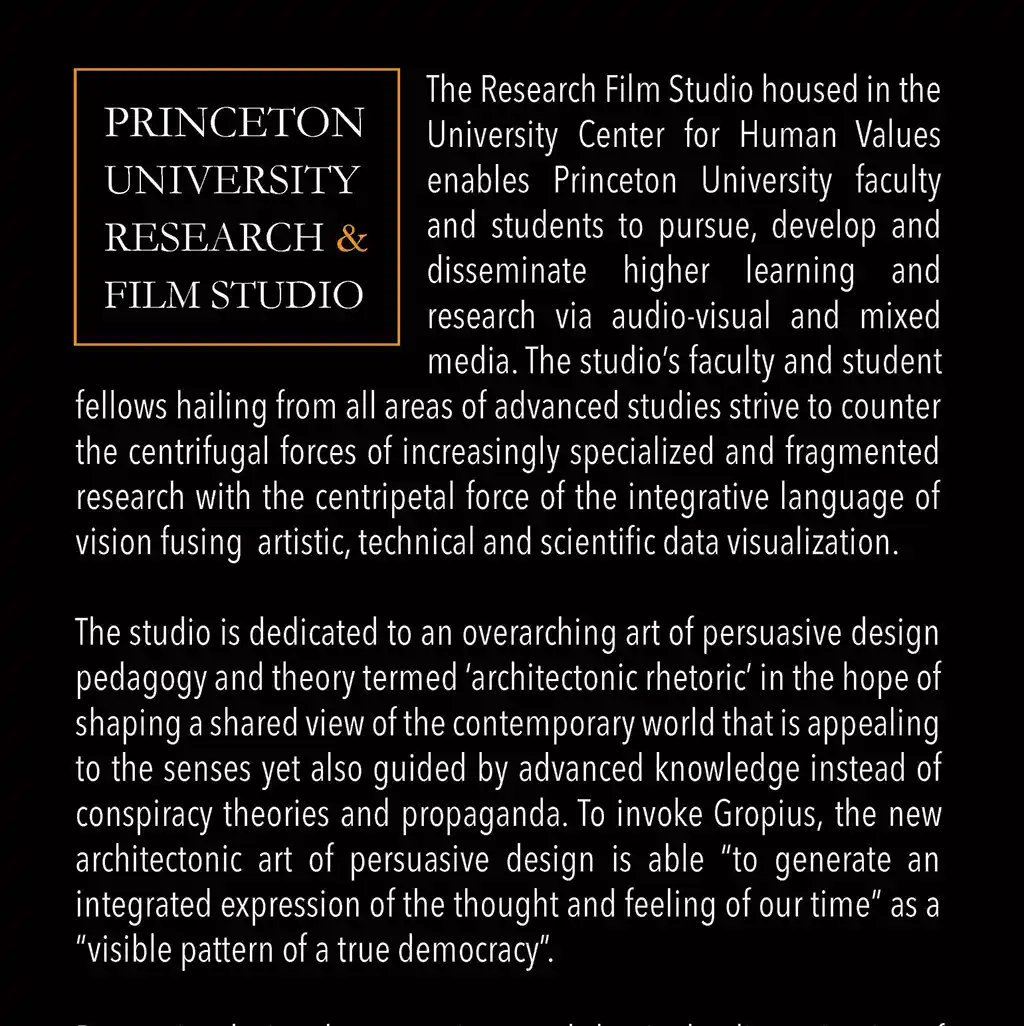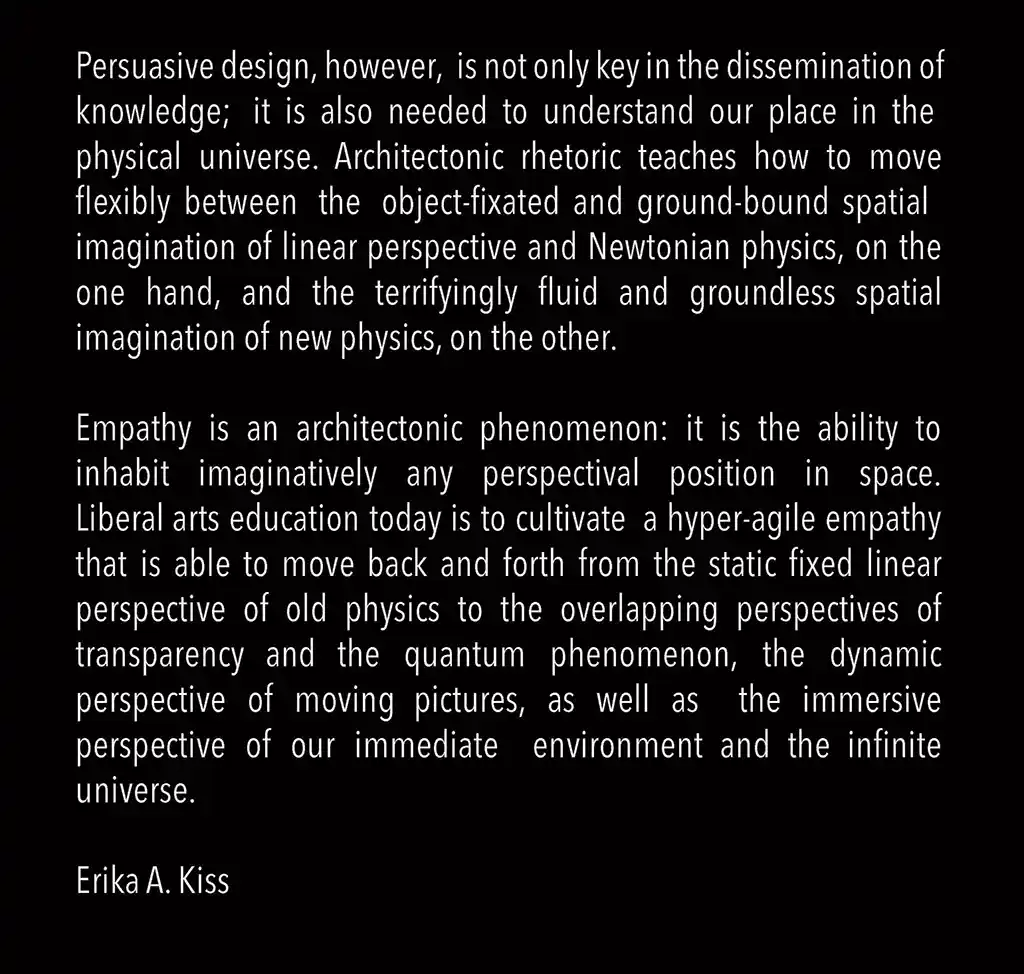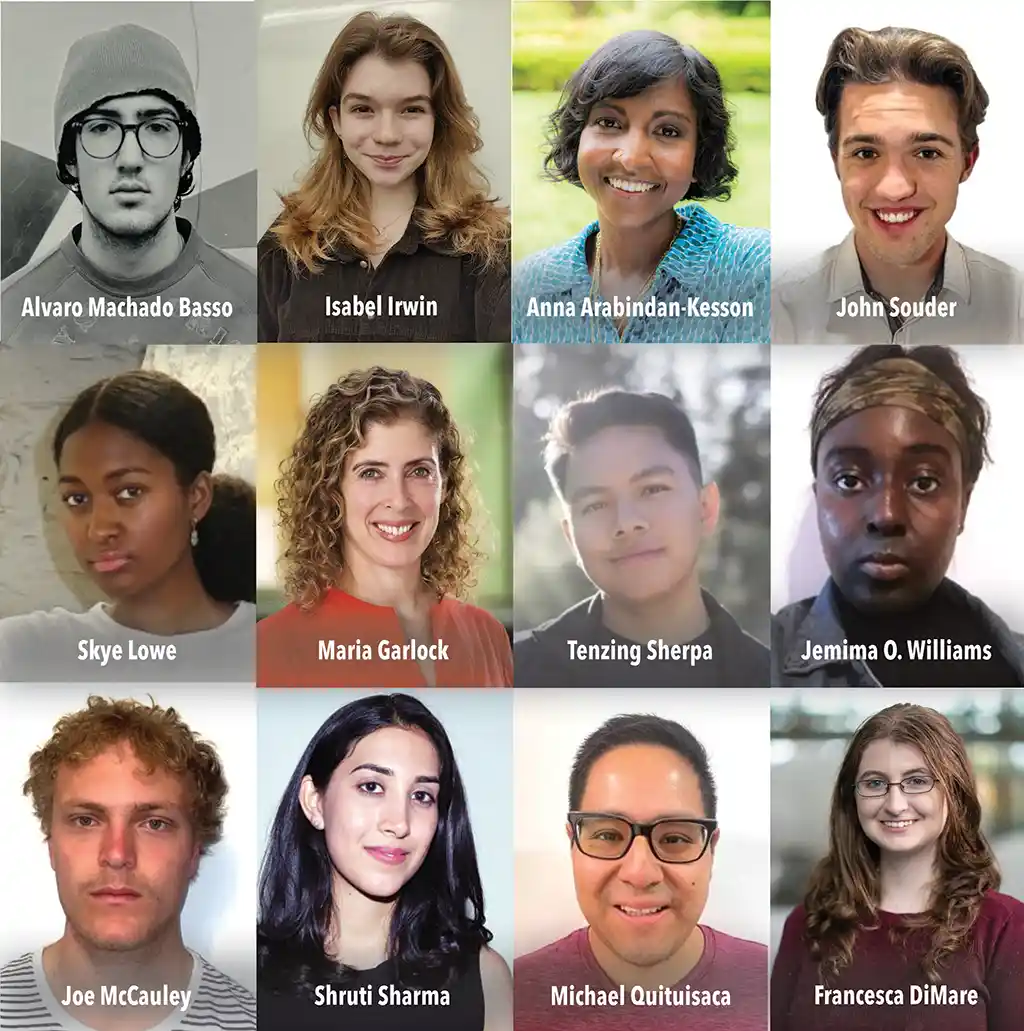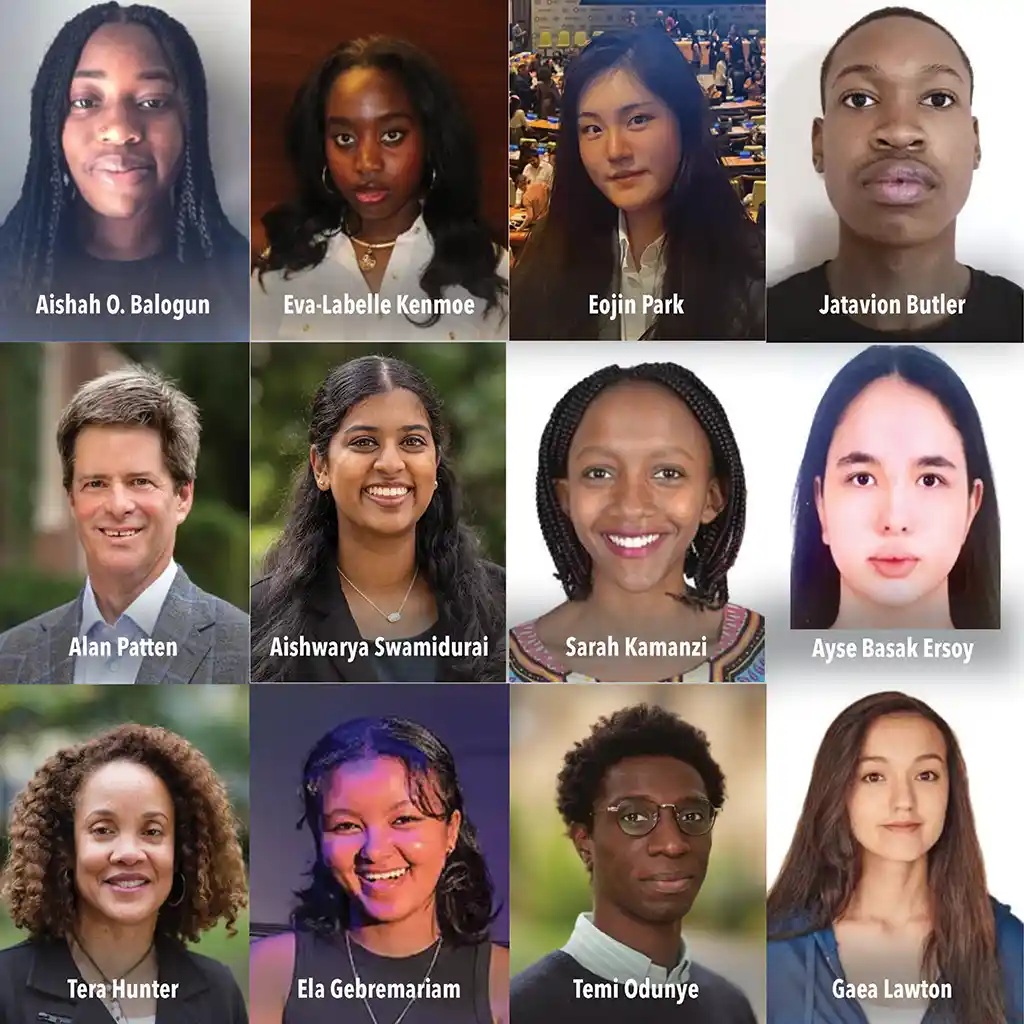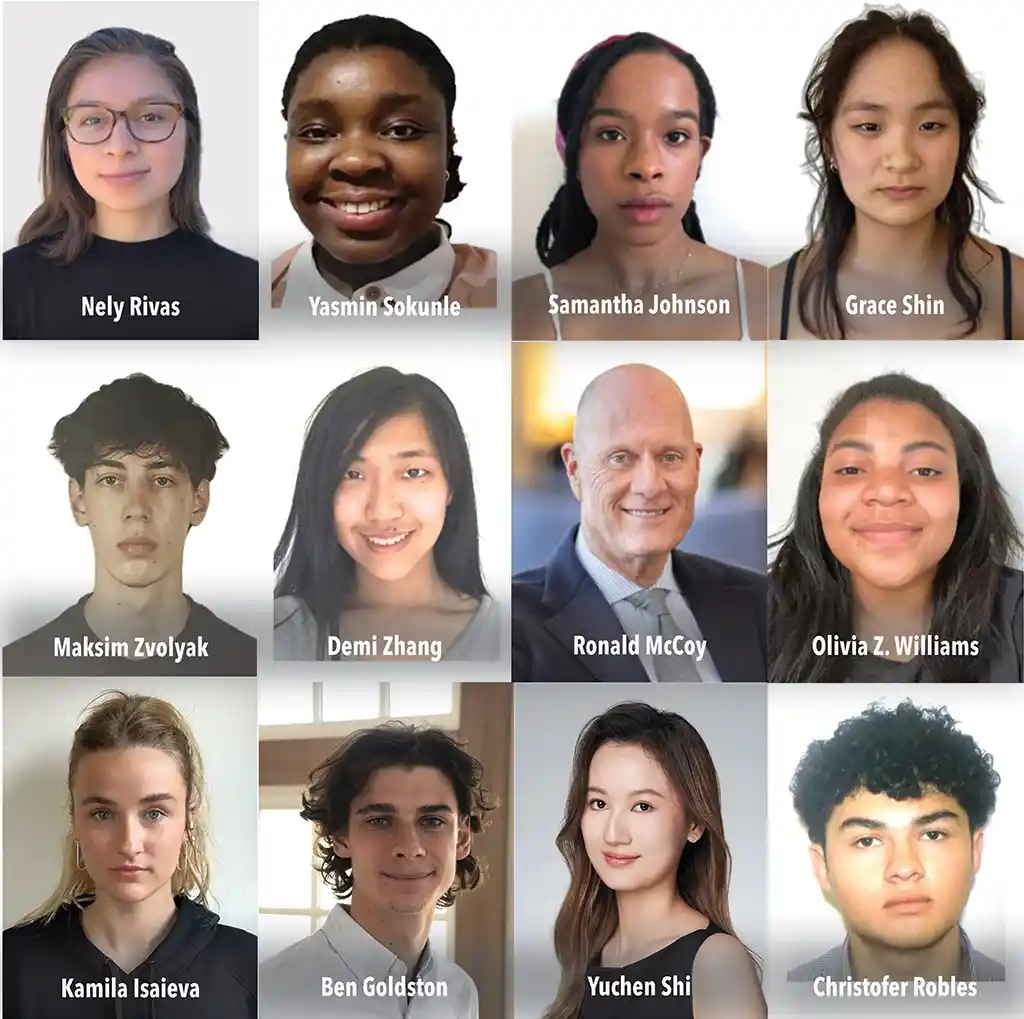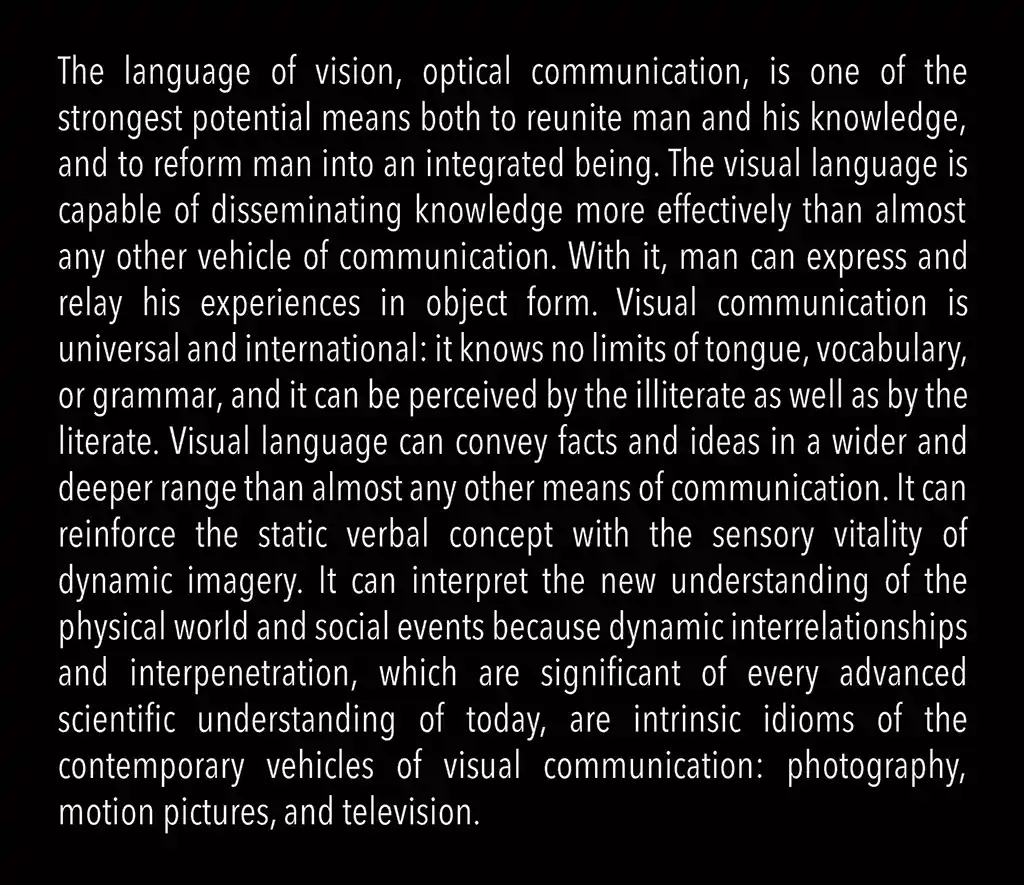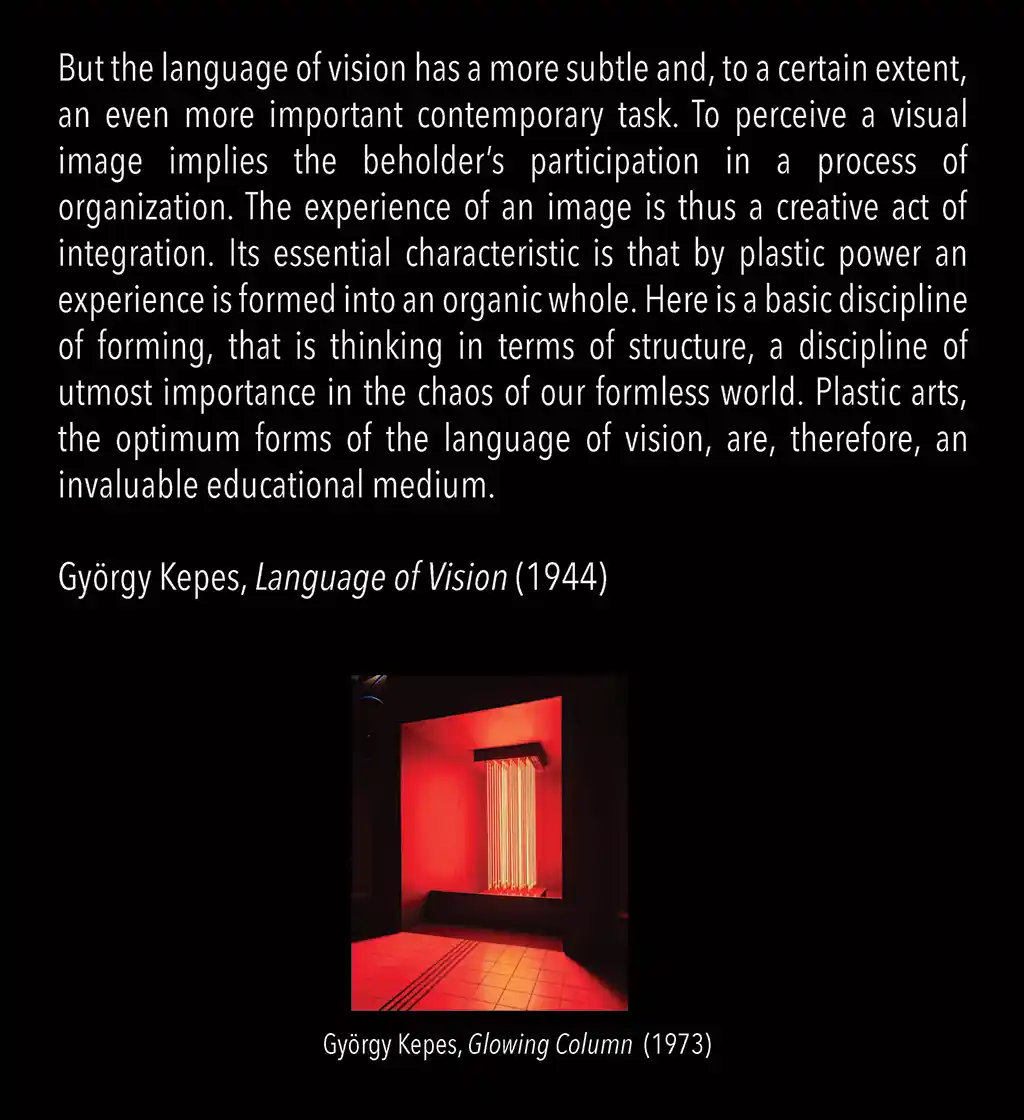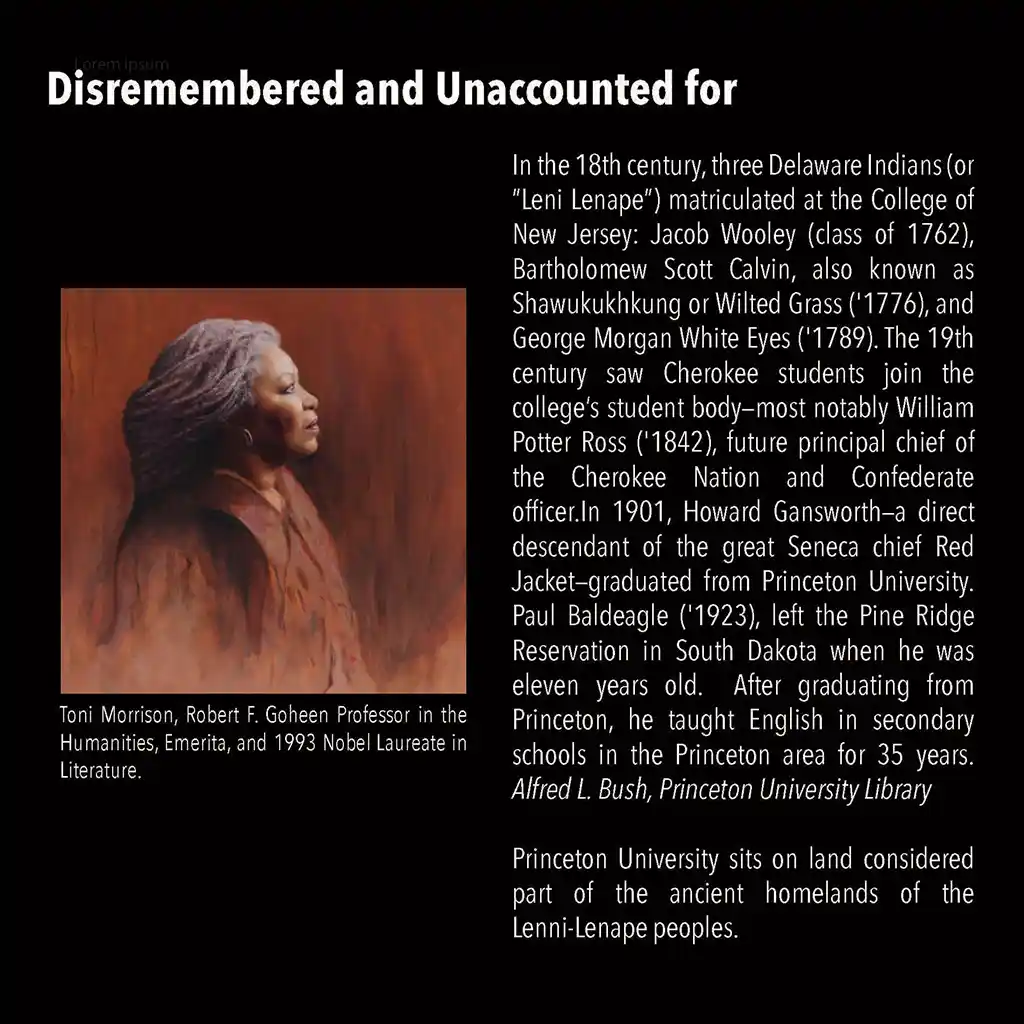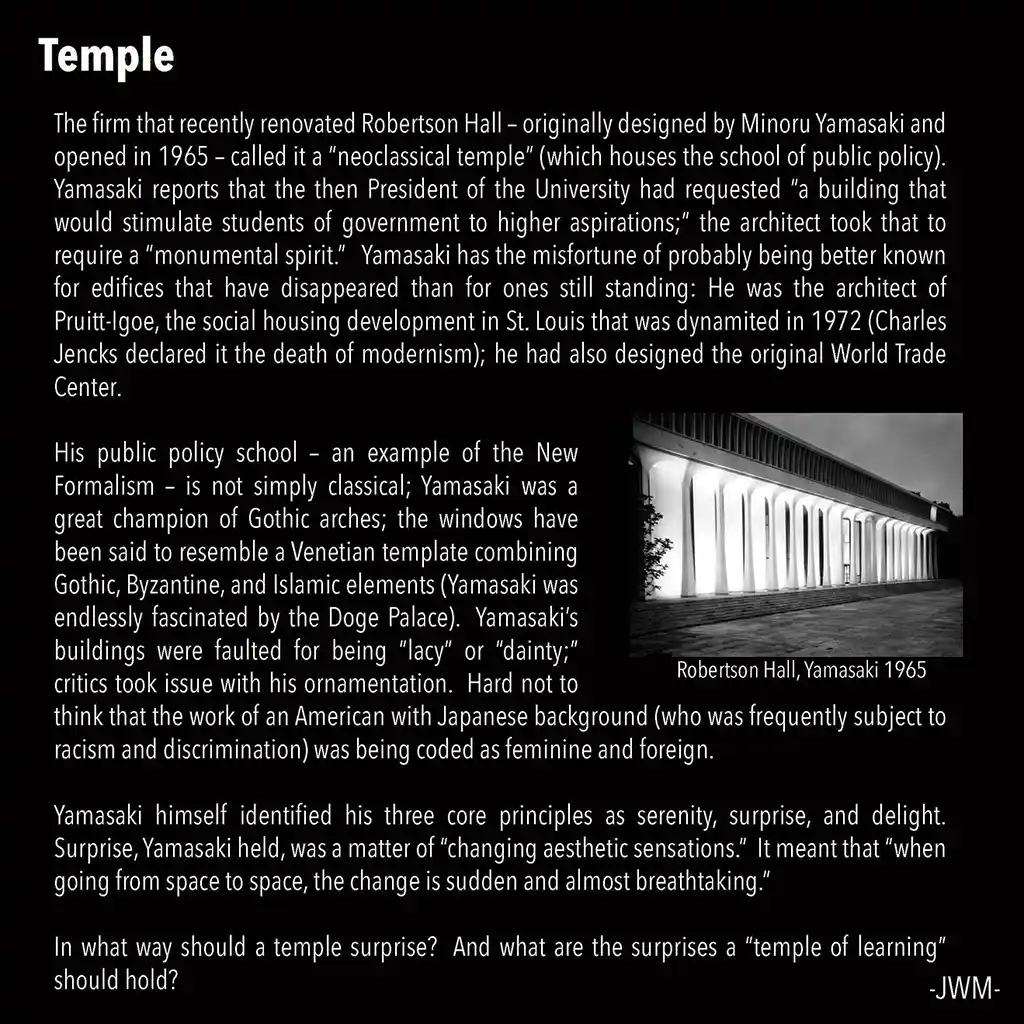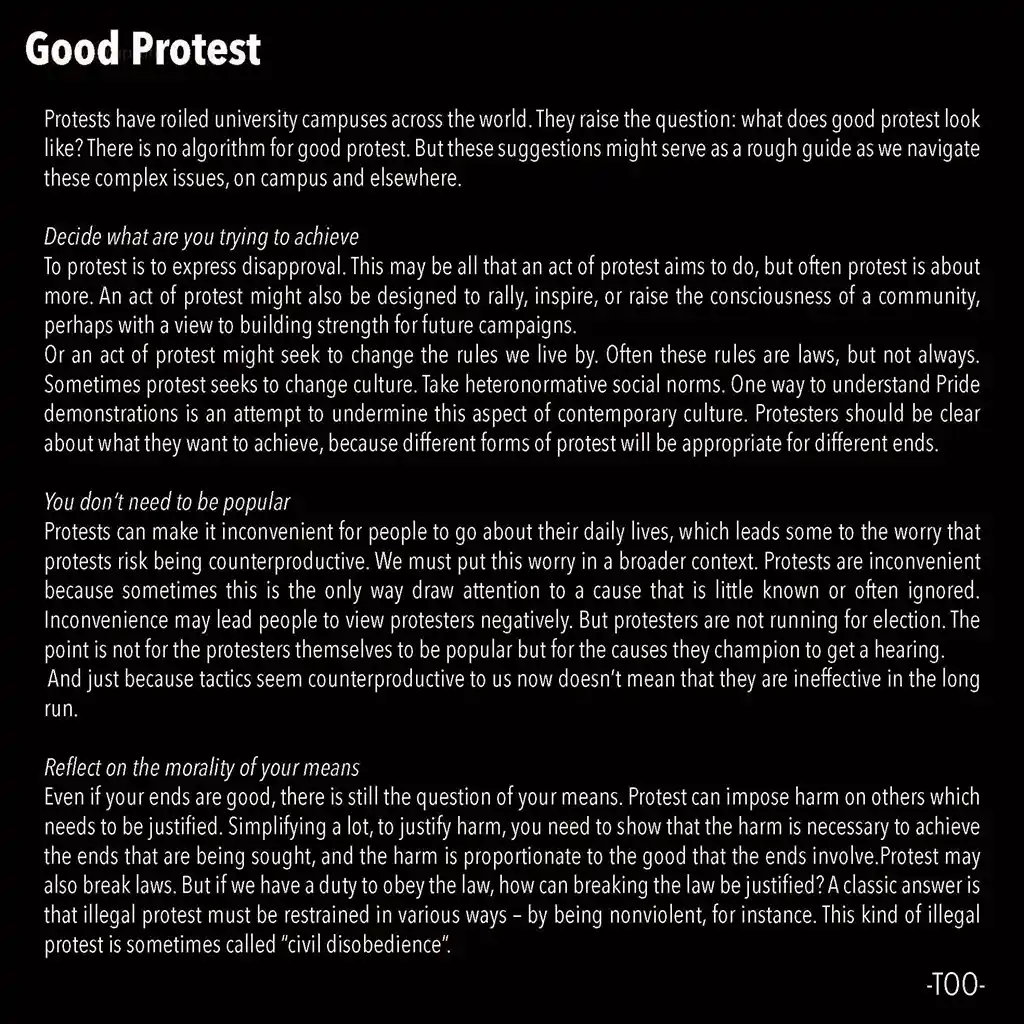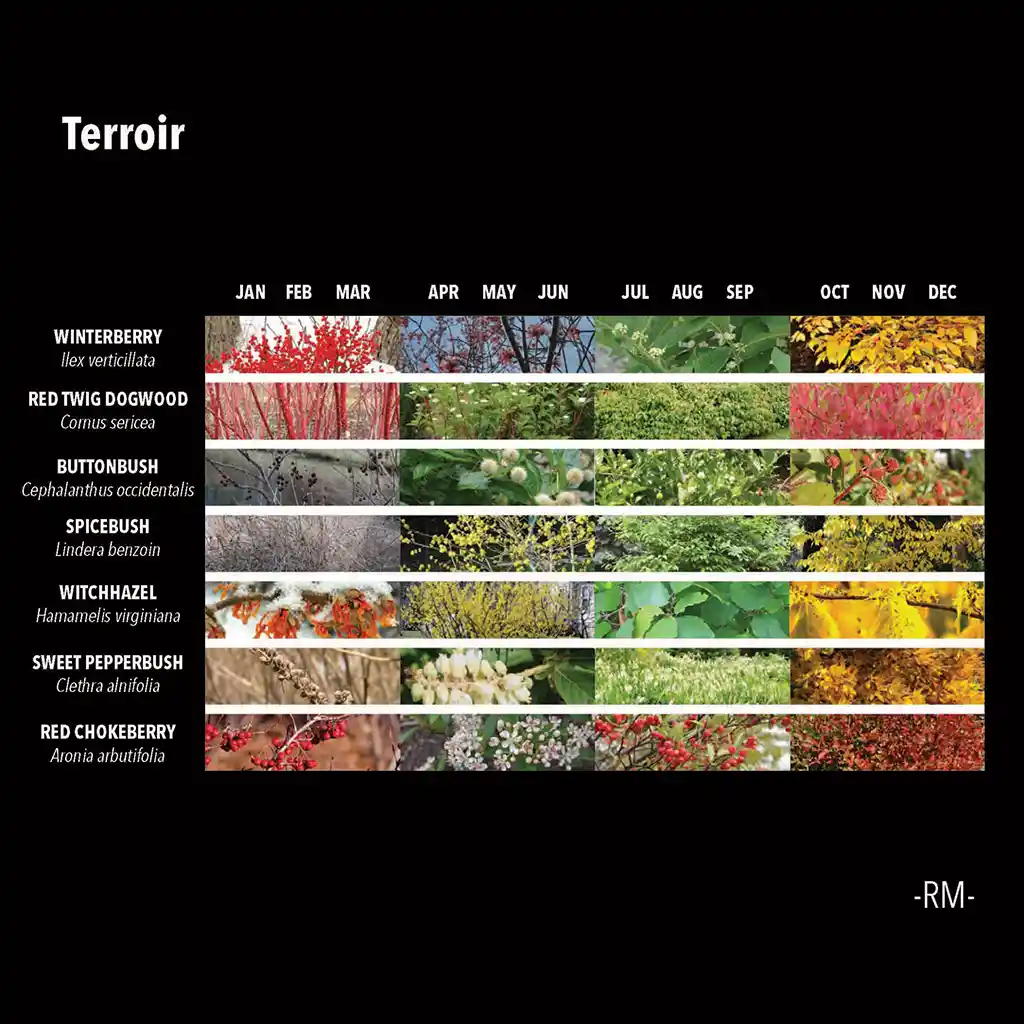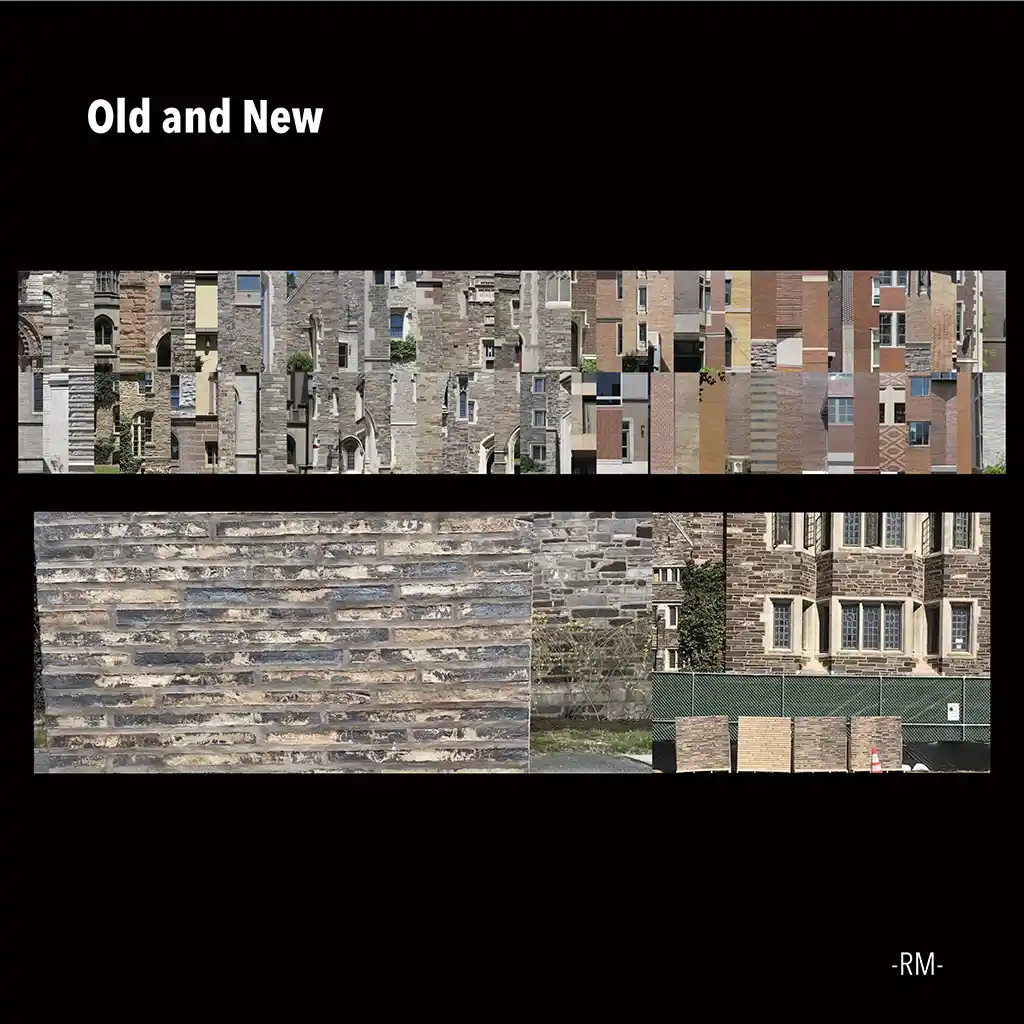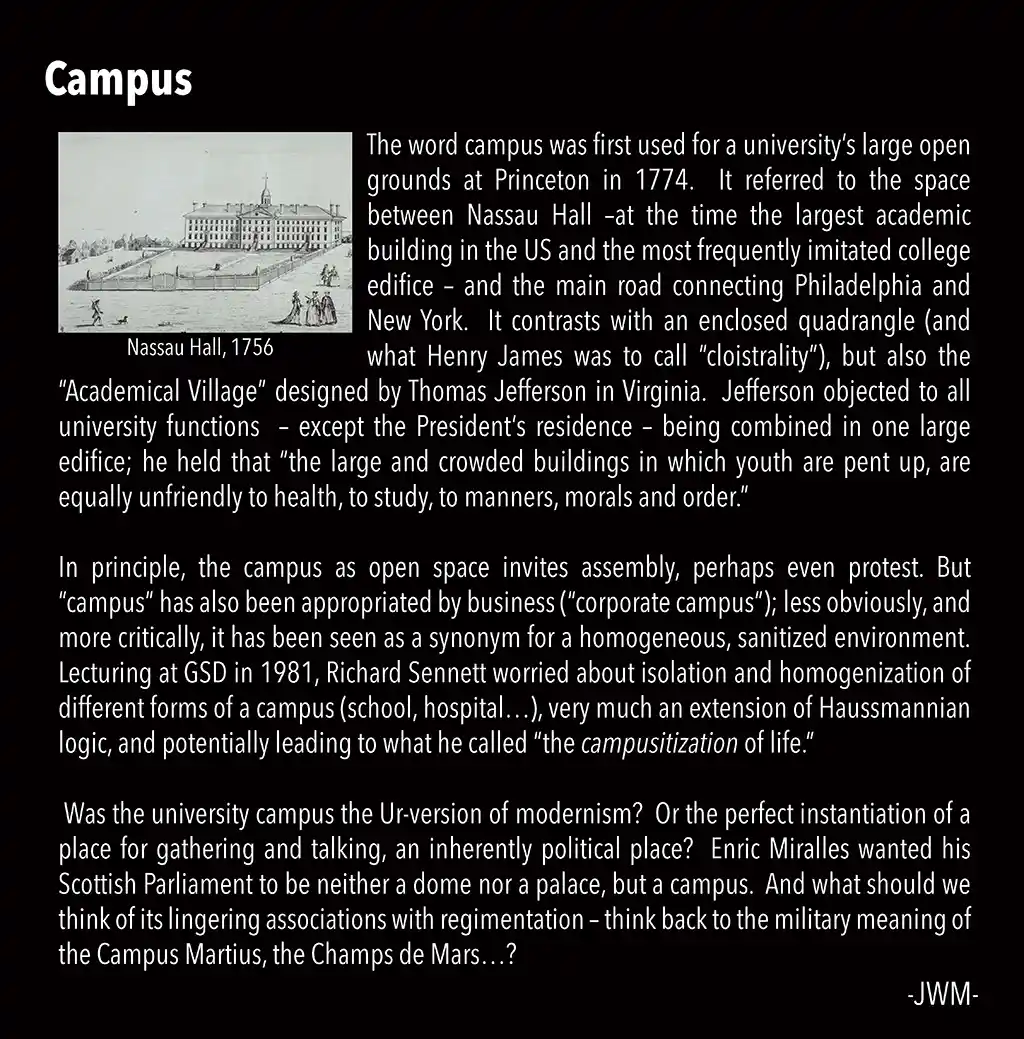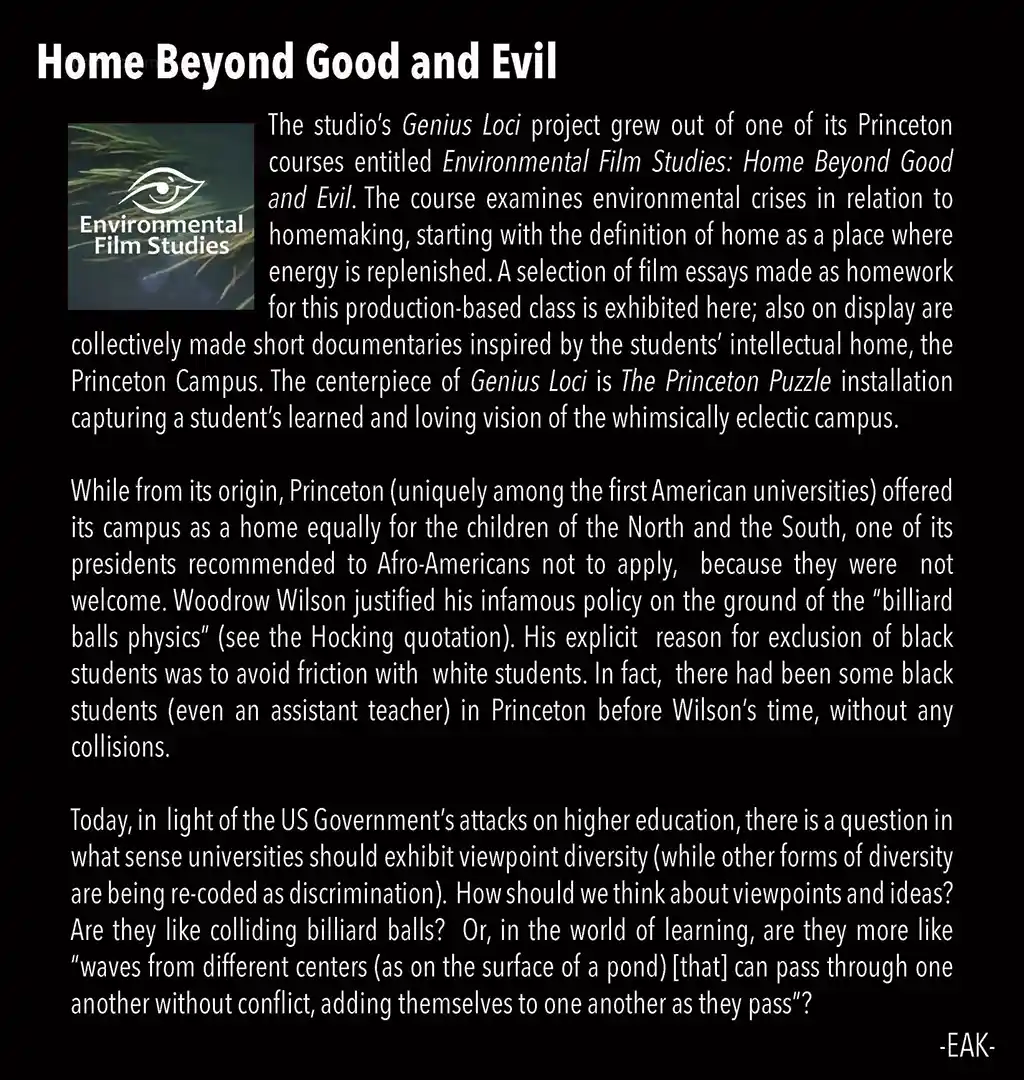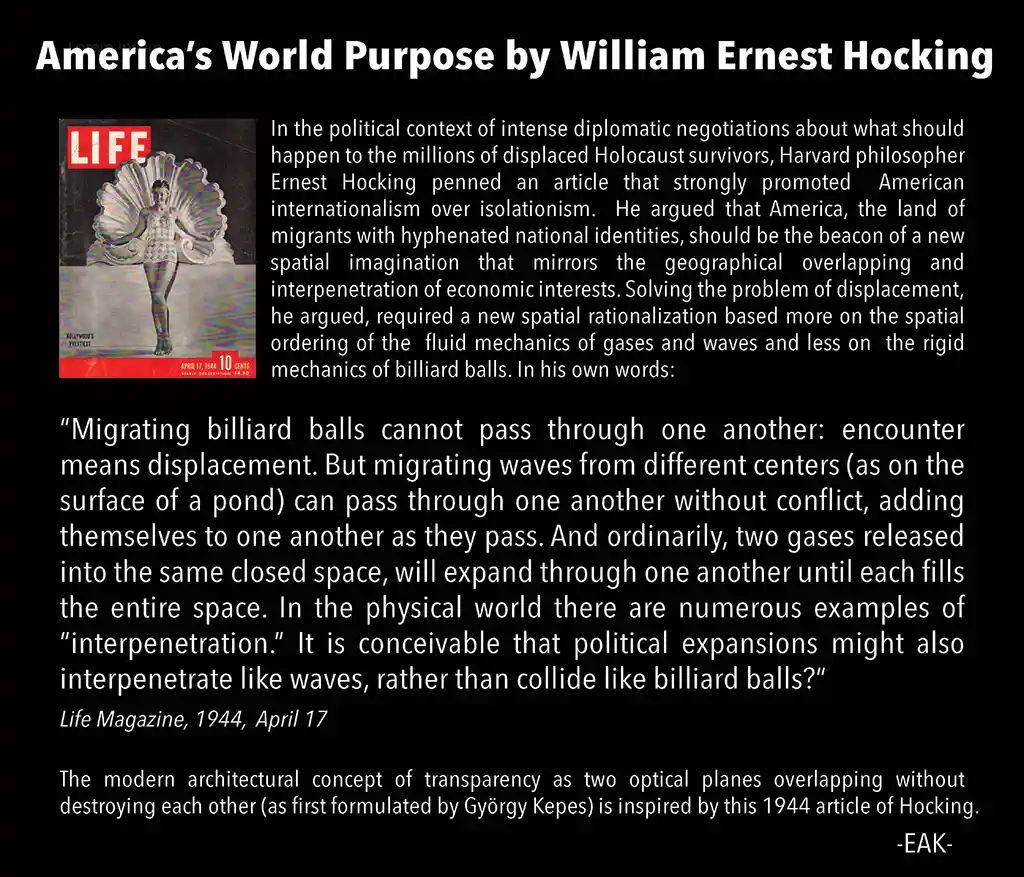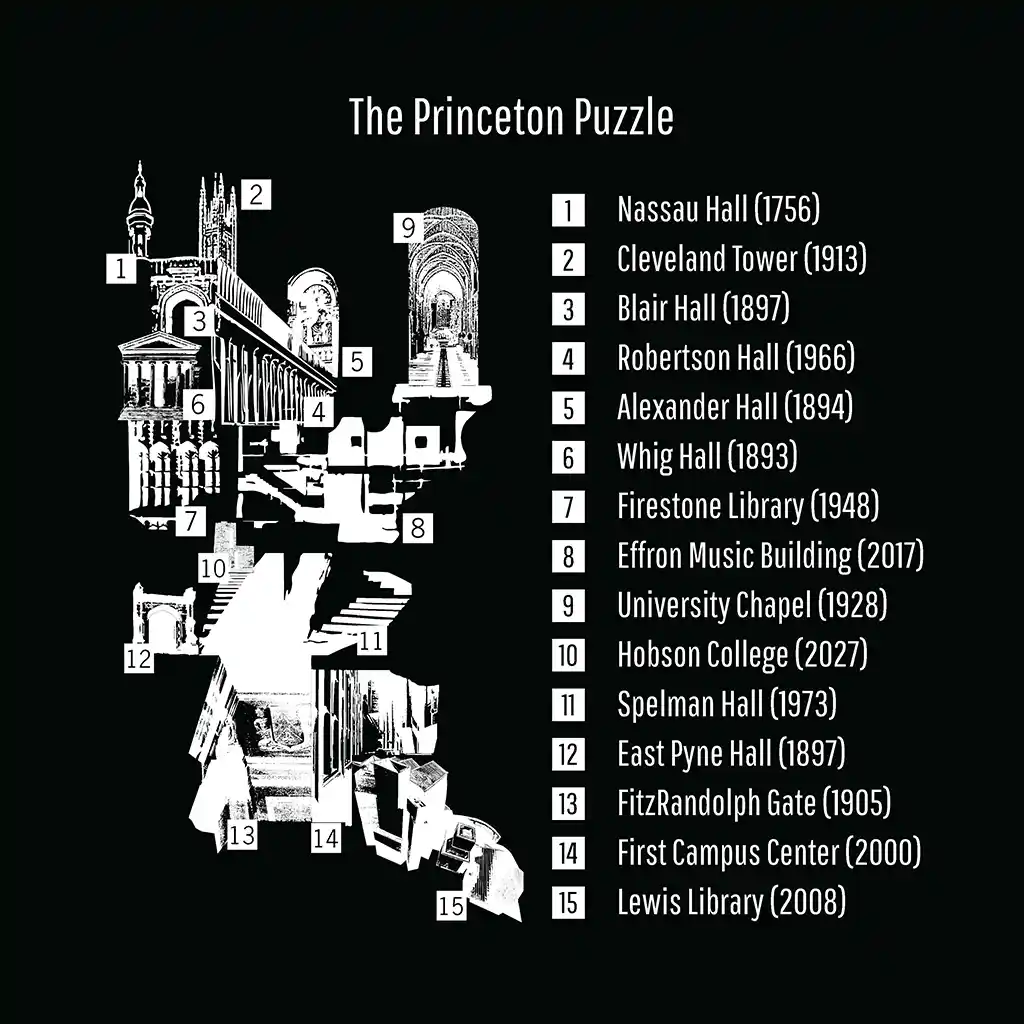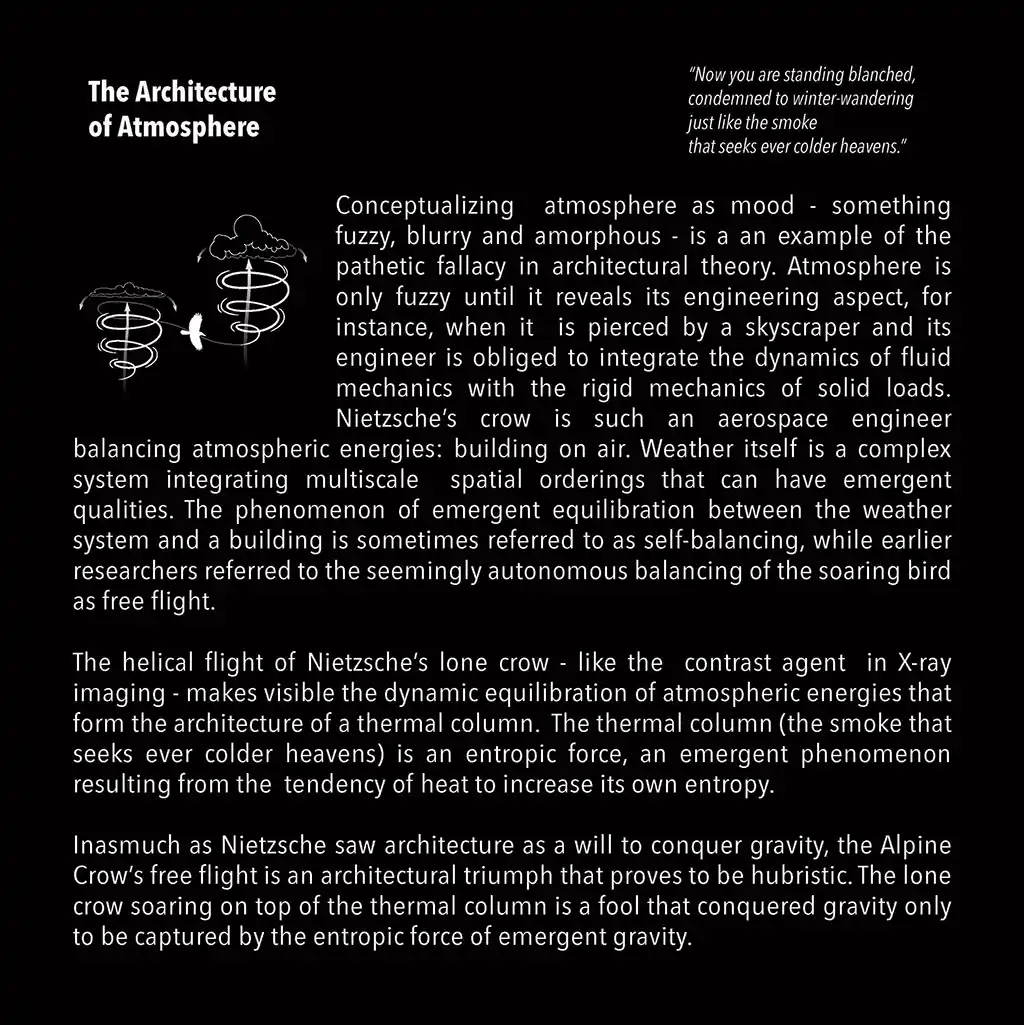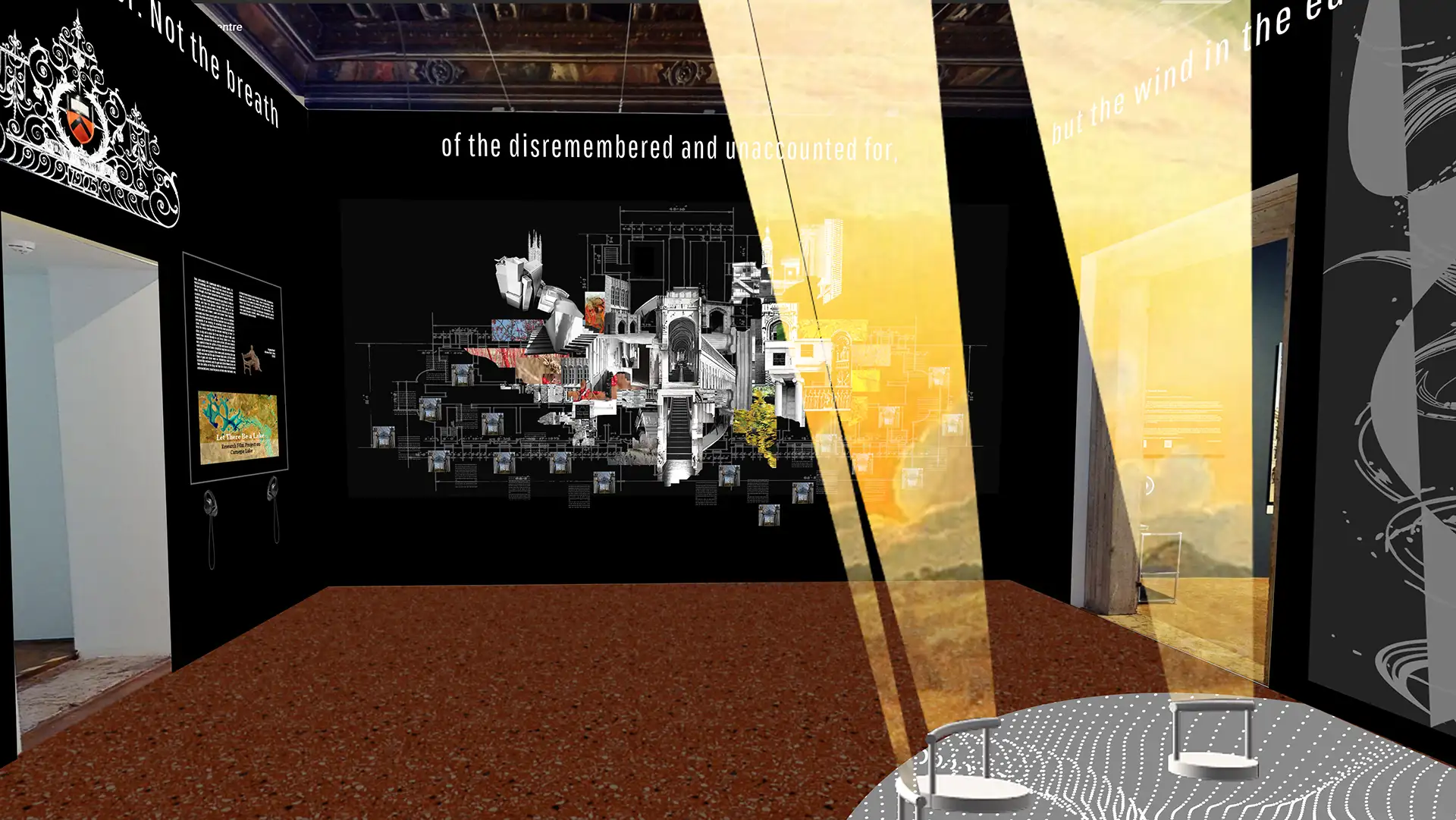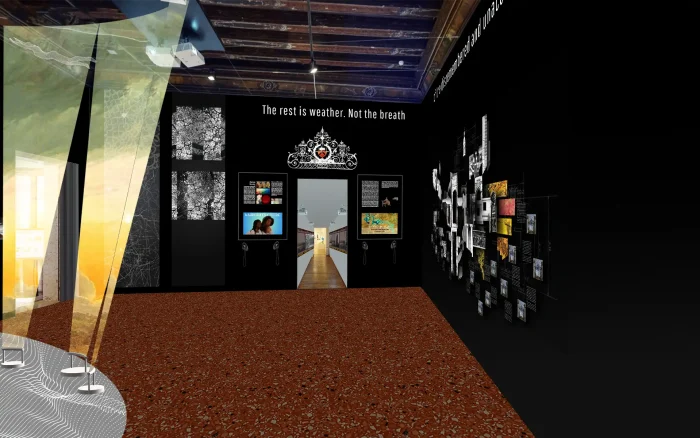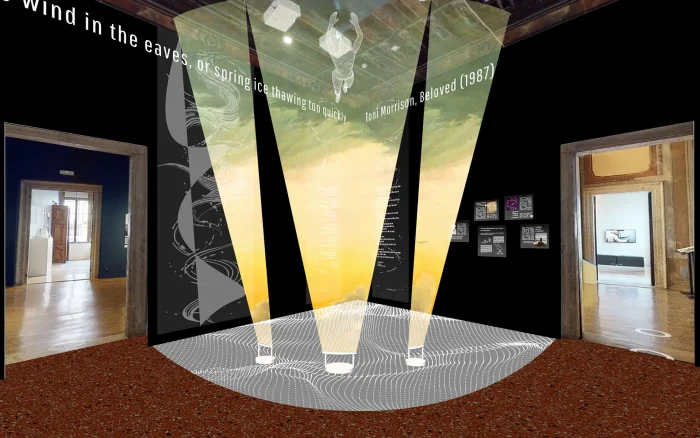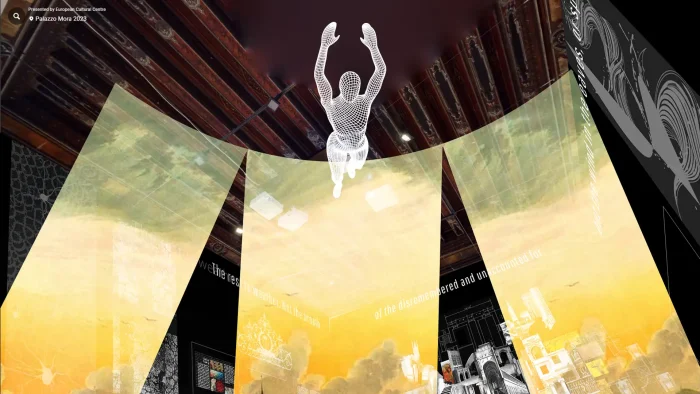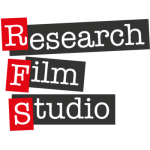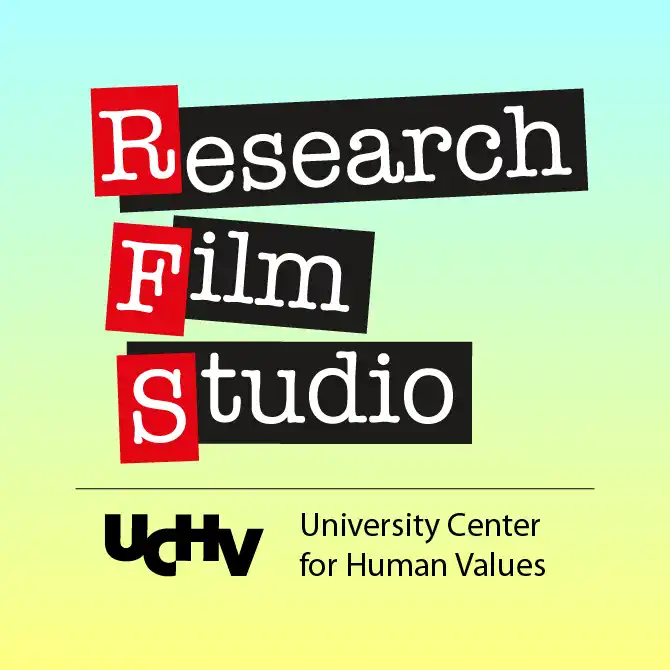Genius Loci
The project is exhibited in the 2025 Venice Architecture Biennale
The Research Film Studio enables Princeton University faculty and students to pursue, develop and disseminate higher learning and research via audio-visual and mixed media. The studio’s faculty and student fellows hailing from all areas of advanced studies strive to counter the centrifugal forces of increasingly specialized and fragmented research with the centripetal force of the integrative language of vision that fuses artistic, technical and scientific data visualization. The studio is dedicated to an overarching art of persuasive design pedagogy and theory termed ‘architectonic rhetoric’ in the hope of shaping a commonly shared view of the contemporary world that is appealing to the senses yet also guided by advanced knowledge instead of conspiracy theories and propaganda. To invoke Gropius, the new architectonic art of persuasive design is able “to generate an integrated expression of the thought and feeling of our time” as a “visible pattern of a true democracy”. The studio also explores a new optical language with immersive, plural, transparent and dynamic perspectives adequate to new physics.
The studio’s Genius Loci project grew out of a Princeton course entitled Environmental Film Studies: Home Beyond Good and Evil. The course examines environmental crises in relation to homemaking, starting with the definition of home as a place where energy is replenished. A selection of film essays made as homework for this production-based class is exhibited as well as collectively made short documentaries inspired by the students’ intellectual home, the Princeton Campus.
The centerpiece of Genius Loci is an installation capturing a student’s learned and loving vision of the whimsically eclectic campus. The architectural puzzle pieces of the campus hang in layers off the wall where one can decipher the blueprint of the first Princeton building, Nassau Hall. The suspended puzzle carries the various constructive tensions of the campus: the diversity of battling styles, the dialogue between landscape and buildings, terroir and human creation, spherical and orthogonal forms, emergent and planned qualities.
This installation is the key piece to a larger puzzle of the Genius Loci exhibition with the puzzle pieces of rigid, fluid, atmospheric, and quantum architectonics. A video installation in the adjacent corridor even embraces the Buster Keaton mode of ambulant “anarchitecture” with a playful reenactment of a Princeton building moving from one side of the road to the other.
A visualization of atmospheric architectonics is presented via a holographic video installation that dramatizes thermal exploitation by a soaring bird on top of a heat column as the ultimate home where energy is replenished. This work is an illustration of Nietzsche’s poem The Free Spirit and is inspired by Paul Klee’s iconic painting, Angelus Novus.
